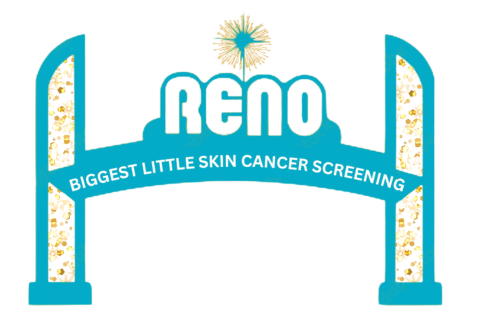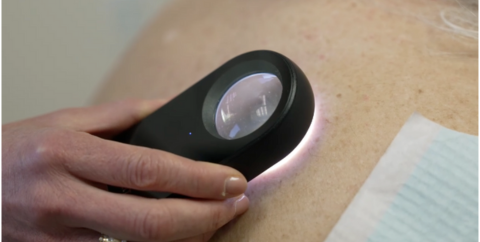Sunscreen: Is it safe?
03 March, 2022
We’ve heard the reasoning, and you may have as well. Some people say they choose not to use sunscreen because of the chemicals on the ingredient list. We also agree that some of those ingredients can be hard to pronounce and are unfamiliar.
We also know that skin cancer is the most commonly diagnosed cancer in the U.S. and it’s often very preventable by protecting one’s skin, including using sunscreen. Let’s take a look a closer look at sunscreens to see what the experts say.
There are two categories of sunscreen: physical block and chemical block.
Physical sunscreen, often recommended for those who have sensitive skin but useful for nearly anyone, acts like a shield to physically block and deflect the sun’s rays. Active ingredients are minerals, either zinc oxide or titanium dioxide. In the past, these sunscreens were obvious because of the white cast they left on the skin, however newer formulations are more transparent and almost weightless on the skin.
Chemical sunscreen works more like a sponge to absorb the sun’s rays, keeping them from damaging skin. Many people opt for chemical formulations because they are easier to apply and don’t leave the white residue that physical blocks often can. Chemicals often used in these sunscreens include: oxybenzone, avobenzone, octisalate, octocrylene, homosalate and octinoxate.
Studies are ongoing to identify the effectiveness and safety of sunscreens, and researchers are looking at both the long- and short-term effects of use. The U.S. Food and Drug Administration, which oversees product safety for sunscreen, in 2019 proposed that both zinc oxide and titanium dioxide are safe and effective.
While the chemicals in chemical sunscreen are known to be effective, their safety at certain concentrations is still being studied. Researchers have found that some of the chemicals are absorbed into the bloodstream, however whether that absorption has any effect on a person’s health needs to be studied further.
The Environmental Working Group, known for its work to evaluate products for their impacts on the environment and health, has detailed information on some of the concerns with chemical sunscreens.
Despite the need for further study, the FDA continues to advise that using sunscreen and protecting one’s skin is essential to preventing skin cancer.
The American Academy of Dermatology suggests that if the ingredients listed on the label are cause for concern, select an alternative sunscreen that you feel more comfortable with. “As long as it’s broad-spectrum, water-resistant and has an SPF 30 or higher, it can effectively protect you from the sun,” AAD notes. And be sure to reapply every two hours or after swimming or sweating.
Additional ways to protect one’s skin and require less sunscreen usage are to wear long sleeves and pants, a wide-brimmed hat and UV-blocking sunglasses, as well as seeking shade and avoiding peak sun hours (between 10 a.m. and 4 p.m.).
For more information on sunscreens, visit these resources:
You May Also Like

Biggest Little Skin Cancer Screening Returns to Reno May 7
04.03.2025
FREE Skin Checks Offered on First-come, First-served Basis
After a successful year one event, Reno’s “Biggest Little Skin Can

Biggest Little Skin Cancer Screening Returns to Reno May 7
04.03.2025
FREE Skin Checks Offered on First-come, First-served Basis
After a successful year one event, Reno’s “Biggest Little Skin Can

The Biggest Little Skin Cancer Screening Returns May 7
03.11.2025
Sunshine is a way of life in Nevada, but with more than 300 days of sun each year, skin cancer is a serious concern. That’s why Dr.